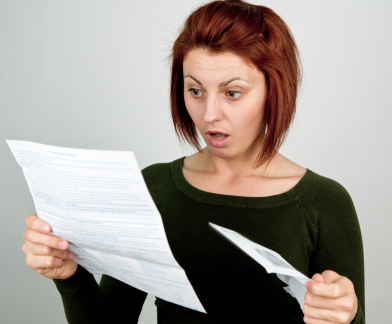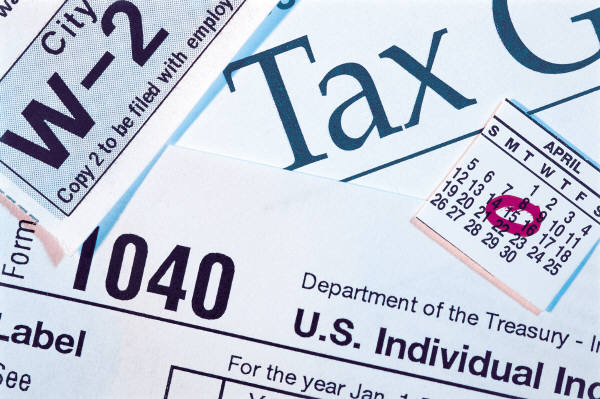
The processes of the political national conventions have evolved over more than a century, but the purpose has remained the same -- to nominate presidential candidates and lay out goals and party priorities.
When and where were the 2008 conventions?
Democrats convened August 25 to 28 in Denver, Colorado where Barack Obama was nominated by acclimation when his former rival , Hillary Rodham Clinton, said "Madame secretary, I move that the convention suspend the procedural rules and suspend the further conduct of the roll call vote. All votes cast by the delegates will be counted and that I move Senator Barack Obama of Illinois be selected by this convention, by acclimation as the nominee of the Democratic Party for President of the United States."
Republicans gathered in Minnesota's twin cities of Minneapolis and St. Paul September 1 to 4 where John McCain was nominated. More than 45,000 people -- including party members, delegates, journalists, security forces and other service providers -- descended on each of these cities, bringing them millions of dollars in revenue.
What is a typical convention schedule?
The exact schedule varies each year and with each party. The introduction of television altered many convention traditions -- parties now schedule their biggest events and most prominent speakers during television's prime viewing hours (8 p.m. to 11 p.m. EDT).
Throughout the week, leaders and delegates hold informal gatherings or official committee meetings behind the scenes. For the more formal convention activities, plans often are not final until the last minute, but a rough schedule of what is likely to occur follows:
Day 1: The convention is called to order by the party chair, and important local leaders deliver welcoming speeches. Rules committees meet to finalize procedural issues such as the credentialing delegates. Important party members, such as the current president or those identified as "rising stars" in the party give speeches in the evening. One of the rising stars speaking at the Democratic National Convention in 2004 was Senate candidate Barack Obama.
Day 2: Routine committee business continues. Party leaders gather to make final the organization's platform, a statement of its political philosophies and goals for the next four years. Platforms typically are drafted by a committee in advance of the convention but that draft is open for debate and revision at the convention. In 2008, Republicans asked party members to share their views online. More speeches will be given in the evening.
Day 3: Occasionally, platform debate will spill over to this day, but the key event is the formal nomination of the presidential candidate. A party member makes the motion to nominate; another delegate seconds the motion; then the voting process begins as each state delegation is called to cast its votes. Because most delegates' votes are bound (or pledged) to a specific candidate based on the results of primary or caucuses, the outcome of the voting rarely is a surprise. In recent years, the nominee choice for a running mate also has spoken in the evening.
Day 4: The vice presidential candidate is formally nominated. In the evening, the culmination of the past four days' activities is the acceptance speech by the presidential nominee. For the first time since 1960, a presidential nominee has chosen not to give his acceptance speech from the convention hall. Instead, Barack Obama plans to speak from a nearby Denver football stadium that will hold a much larger crowd than the convention site.
Is there anything different about the 2008 conventions?
Both parties have taken countless measures to make these conventions the greenest political gatherings in history.
There also will be more bloggers covering the convention than ever before, and a record number of media organizations plan to webcast from the convention halls. For the first time, the proceedings of the Democratic National Convention will be simulcast in Spanish.
 Print
Print Email
Email







